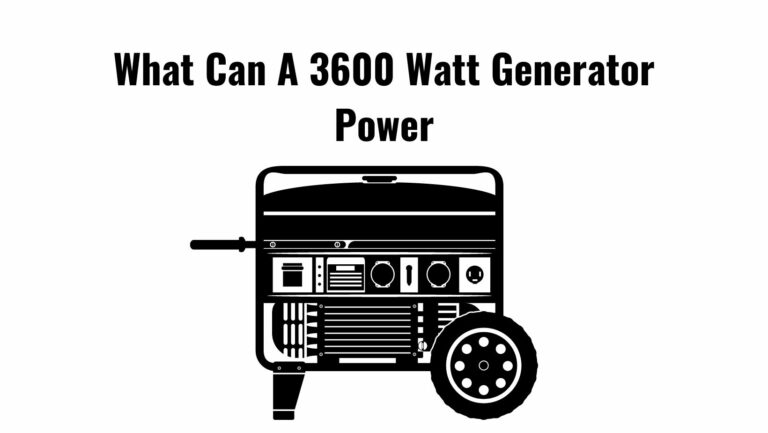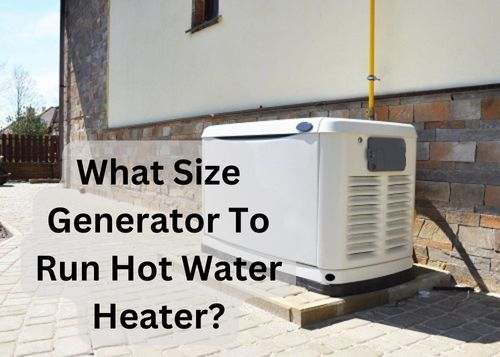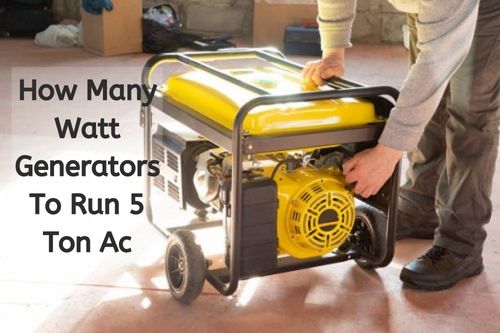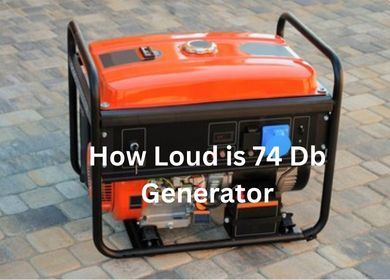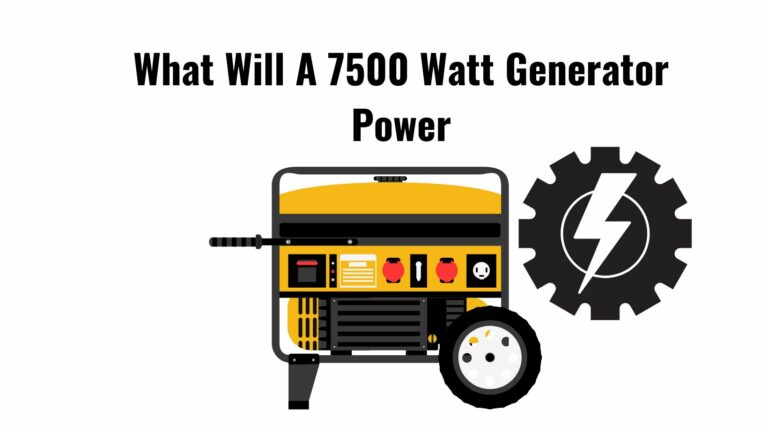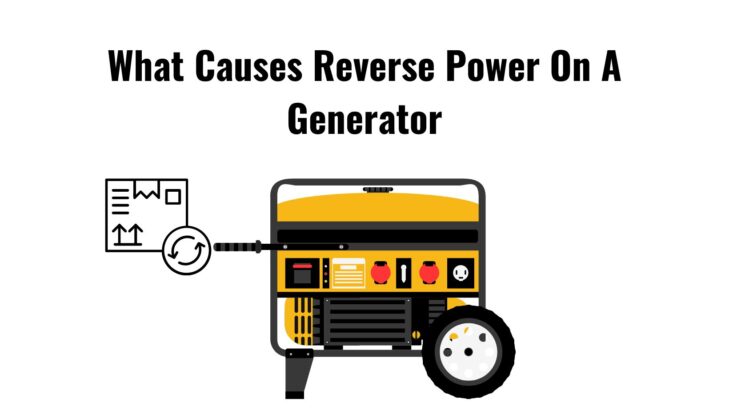
Reverse power is a phenomenon that can occur in the power generation industry, causing serious consequences for the generator and the power system.
It refers to the situation where the generated power flows in the reverse direction, back into the generator’s electrical system. To prevent damage and ensure reliable and efficient power generation, it is crucial to understand the causes of reverse power.
In this post, we will delve into the topic, exploring the causes, effects, and preventive measures that can help mitigate the risk of reverse power.
What Are The Causes of Reverse Power On A Generator?
There are several possible causes of reverse power on a generator. If your generator runs in reverse, it could be for several reasons. Here are some of the most common ones:

1. Mechanical Misalignment
If you’re experiencing reverse power, one of the causes could be mechanical misalignment. This occurs when the mechanical components of the generator, such as the rotor and the stator, are not properly aligned.
This misalignment can cause the generator to produce power in the wrong direction, leading to reverse power.
2. Electrical Misalignment
Similarly, electrical misalignment can also lead to reverse power. This occurs when the generator’s electrical components, such as the windings, are not properly aligned with the magnetic field.
This can cause the generator to produce power in the wrong direction, leading to reverse power.
3. Load Imbalances
Load imbalances can also cause reverse power. This occurs when the load on the generator is not balanced, either within the generator itself or within the power system. It can cause the generator to produce power in the wrong direction, leading to reverse power.
4. Generator Protection Systems
In some cases, generator protection systems designed to protect the generator from damage can cause reverse power.
For example, if the generator protection system trips and causes the generator to shut down, the generated power can flow back into the generator’s electrical system, leading to reverse power.
5. Power System Faults
Power system faults can also cause reverse power. This occurs when a fault in the power system, such as a short circuit, causes the power to flow back into the generator.
Power system faults can cause the generator to produce power in the wrong direction, leading to reverse power.
6. Overloading the Generator
Overloading the generator can also cause reverse power. This occurs when the generator is asked to produce more power than it can handle. This can be why your generator produces power in the wrong direction, leading to reverse power.
7. Improper Generator Maintenance
Improper generator maintenance can also cause reverse power. Neglecting regular maintenance and inspection of the generator can result in wear and tear, misalignment, and other issues that can lead to reverse power.
How Do You Prevent Reverse Power On A Generator?
Using it correctly is the best way to prevent reverse power on your generator. Here are some tips:
1. Regular Maintenance and Inspection
To prevent reverse power, it’s important to maintain and inspect your generator regularly. Regular maintenance can help to ensure that all components are functioning properly and aligned correctly, which can help to prevent reverse power from occurring.
2. Proper Alignment of Mechanical and Electrical Components
Proper alignment of the mechanical and electrical components of the generator is also essential to prevent reverse power.
By ensuring that these components are properly aligned, you can help to reduce the risk of reverse power and ensure that the generator is producing power in the correct direction.
3. Monitoring the Power System for Imbalances and Faults
Monitoring the power system for imbalances and faults is also important for preventing reverse power. By regularly monitoring the power system, you can identify and address any issues causing imbalances or faults, which can help prevent reverse power from occurring.
4. Implementing Generator Protection Systems
Implementing generator protection systems can also help to prevent reverse power. By having a system in place to protect the generator, you can ensure that the generator is shut down safely in the event of a fault or overload, which can help to prevent reverse power from occurring.
5. Limiting the Generator’s Load Capacity
You should limit the generator’s load capacity to prevent reverse power. If the generator is not overloaded, you reduce the risk of reverse power and ensure that the generator is producing power in the correct direction.
How Do You Check the Reverse Power of A Generator?
There are several ways to check for reverse power in a generator:
1. Monitoring the generator’s power output:
The power output of the generator can be monitored using a power meter. If the power being generated is flowing in the wrong direction, this will be indicated by a negative power reading on the meter.
2. Checking the voltage and current direction
The voltage and current direction can also be monitored to check for reverse power. If the voltage and current are flowing in opposite directions, this is an indication of reverse power.
3. Using protection relays
Some generators have protection relays that are specifically designed to detect reverse power. These relays can trip if reverse power is detected, indicating that there is a problem.
4. Monitoring the frequency
The frequency of the generator’s output can also be monitored to check for reverse power. If the frequency is outside the normal operating range, this can indicate reverse power.
Conclusion
Reverse power is a condition in which the generator produces power in the opposite direction of the intended flow. Various factors, including mechanical and electrical misalignment, load imbalances, faults in the power system, and more, can cause this.
To prevent reverse power, it’s important to regularly maintain and inspect the generator, properly align the mechanical and electrical components, monitor the power system for imbalances and faults, implement generator protection systems, and limit the generator’s load capacity.

